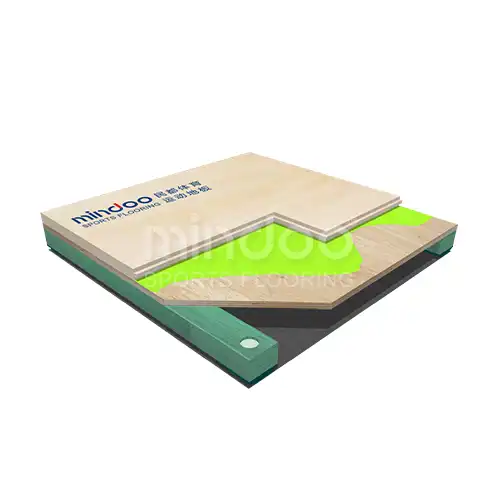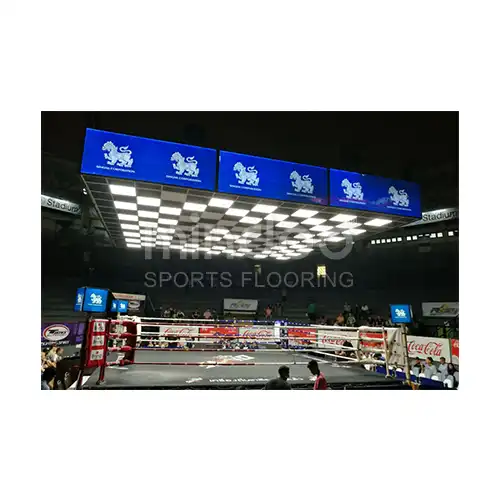Why Sustainable Certifications Matter: How FSC and PEFC Standards Shape the Future of European Wood Products
In today’s environmentally conscious market, especially within the European Union, customers are placing a premium on sustainability. Whether it's home furnishings, construction materials, or paper products, consumers want to know where their materials come from and how they were processed. This is where internationally recognized certifications, such as FSC (Forest Stewardship Council) and PEFC (Programme for the Endorsement of Forest Certification), come into play. These standards ensure that wood products meet the highest environmental, social, and economic sustainability criteria, promoting responsible forest management practices across the globe.

The Growing Demand for Sustainable Wood Products
As European markets increasingly embrace green practices, sustainability has become more than just a buzzword; it’s an essential component of purchasing decisions. Many customers—especially those in eco-conscious EU countries—are drawn to products that boast certifications like FSC or PEFC. These certifications not only assure that the wood comes from responsibly managed forests but also demonstrate that the entire supply chain upholds environmental and social standards.
For instance, FSC certification guarantees that the wood used in products has been sourced from forests that are managed to preserve biodiversity, respect indigenous rights, and combat climate change. Similarly, PEFC certification ensures that forests are being managed in a way that maintains their ecological balance, supports local communities, and provides long-term environmental benefits. These certifications have gained significant recognition in the global marketplace, particularly in the EU, where regulations around sustainability are stricter than ever before.
What Makes FSC and PEFC Certifications Different?
While both FSC and PEFC focus on promoting sustainable forestry, there are some key distinctions that can influence which certification a customer might prioritize.
1. FSC Certification: A Global Standard for Sustainability
Origins and Scope: The FSC was established in 1993 and is one of the most recognized global standards for responsible forest management. It covers a wide range of forests, from tropical rainforests to temperate woodlands.
Core Criteria: The FSC standard emphasizes forest preservation, ecosystem protection, and community involvement in forest management. It is also known for its strict focus on preventing illegal logging and ensuring forest workers’ rights.
Product Range: FSC-certified products include not just timber, but also paper, furniture, packaging, and other wood-based products.
2. PEFC Certification: A Focus on Local Forest Management
Origins and Scope: The PEFC was founded in 1999 in response to the growing demand for responsible forest management. It is an umbrella organization that endorses national forest certification systems. This means that the PEFC works with national standards tailored to local conditions and forest types.
Core Criteria: Like FSC, the PEFC ensures that forests are managed in a sustainable way, focusing on ecological, social, and economic factors. However, the PEFC system places more emphasis on the role of small and family-owned forest enterprises.
Product Range: PEFC certification extends to a variety of wood products, from timber and paper to building materials and furniture.
Why Customers Care: The Business Case for Sustainability
In Europe, where sustainability regulations and consumer expectations are becoming more stringent, companies that embrace FSC or PEFC certifications gain a competitive edge. Here’s why:

1. Meeting Regulatory Requirements
The EU has implemented various regulations aimed at reducing environmental impacts across industries. The EU Timber Regulation (EUTR), for example, makes it illegal to place illegally harvested timber on the EU market. Both FSC and PEFC certifications provide proof of compliance with these regulations, which can help companies avoid costly penalties and legal issues.
2. Appealing to Eco-Conscious Consumers
A growing segment of consumers prioritizes eco-friendly products. For these consumers, a certification like FSC or PEFC can be a key deciding factor in making purchasing decisions. By displaying these certifications, businesses signal that they are committed to sustainable practices, enhancing their brand reputation.
3. Supporting Global Forest Conservation
By sourcing wood products with FSC or PEFC certification, companies are directly contributing to the protection of forests and biodiversity. This is not just an ethical choice—it’s also a crucial step in combating climate change, given that forests play a key role in carbon sequestration.

For businesses looking to thrive in the European market and beyond, embracing sustainability is not just a moral responsibility—it’s a strategic advantage. FSC and PEFC certifications are among the most trusted ways to guarantee that wood products come from responsible sources and contribute to environmental protection. By investing in these certifications, companies can align with consumer values, meet regulatory requirements, and support the global push for a greener, more sustainable future.
Ultimately, the demand for eco-friendly products is only going to increase, and businesses that prioritize sustainability today will be better positioned for success tomorrow.





